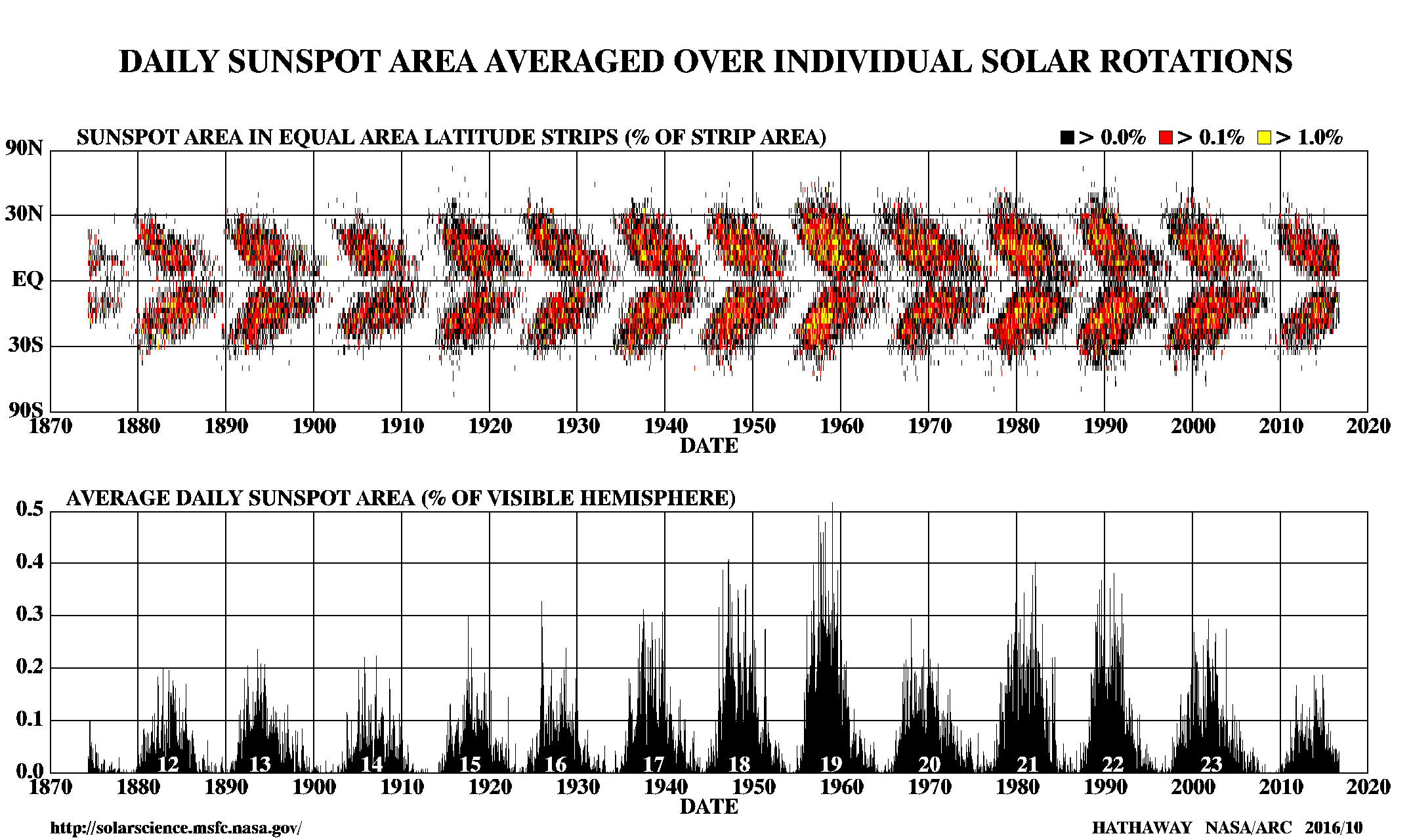Ok so its been a while to say the least! Normally the winter would be the best time for astro imaging in the UK but due to the awful cloud weather and me working abroad for quite a bit recently I have not been able to get a lot done.
I am realising that I still have a lot to learn when it comes to image processing, especially with photoshop but I am finally getting to grips with the use of MaximDL to get the most out of the data I have before I try processing in photoshop. The biggest challenge I have found to date has been getting long enough on one target to collect enough data for a good picture due to getting cut short by cloud and the limited windos there have been for imaging the objects I wanted to look at. It is definately a game of patience!
One afternoon however I got a break in the clouds while pottering in the shed and decided to take the below picture of out closest star, the sun.
The sun is at quit a high period of activity at the moment and sun spots are quite prevalent as can be seen and should continue to be a common feature for the next couple of years until the solar maximum in 2014 when it will thn start to decline. These cycles usually last for about 11 years, peak to peak. These spots appear also in a specific pattern ranging out from the equator of the sun and is also shown below in what is commonly known as a butterfly diagram.
Date: 17/11/2012 14:41 GMT
Camera: Nikon D90
Lens: Altair Waves 102 ED Apochromatic Triplet
Exposure: 1/800 @ ISO1000
Filter: solar continum filter

